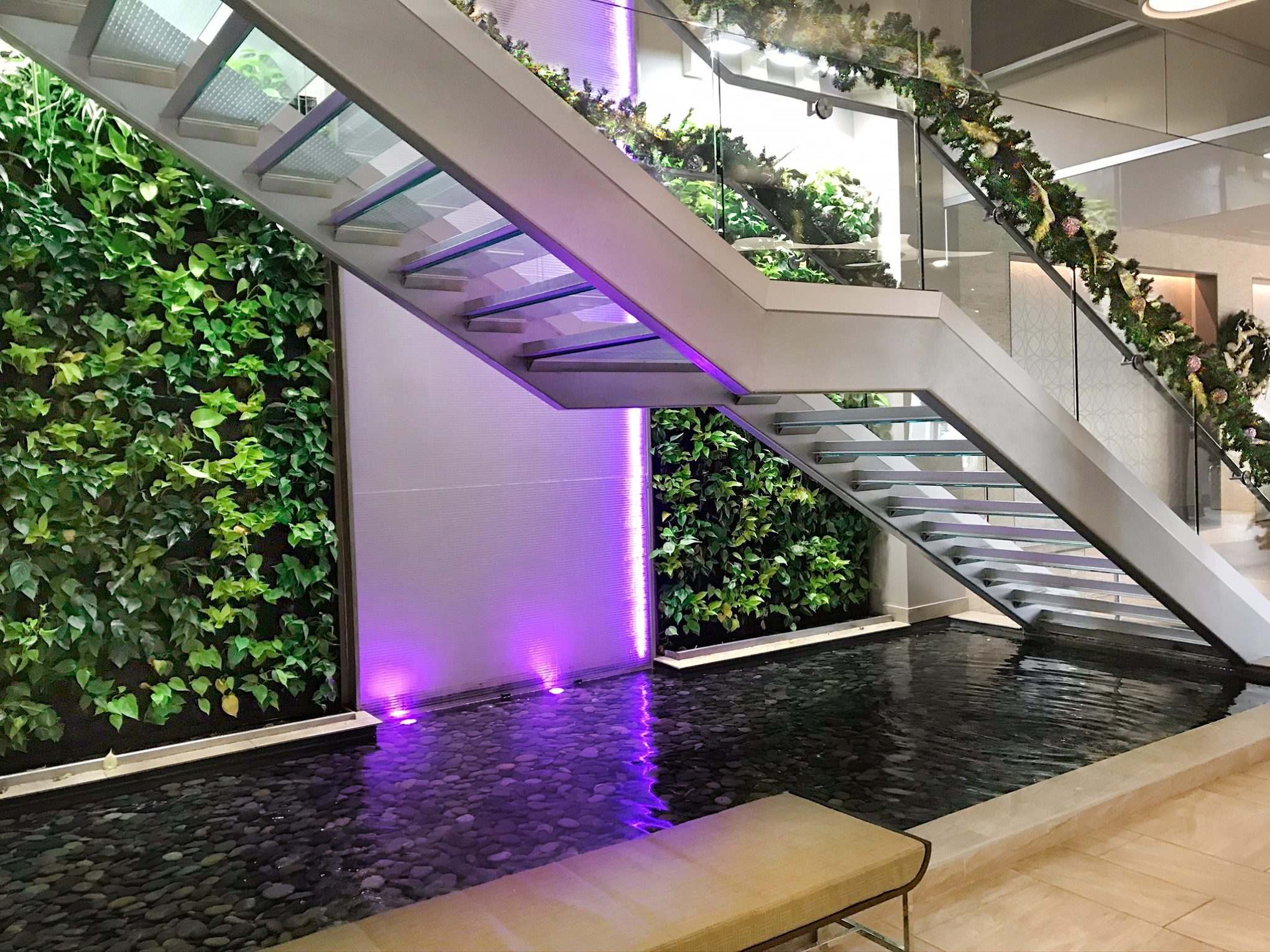Biophilic Design
The Importance of Biophilic Design
Biophilic design is an innovative approach to architecture and interior design that seeks to connect building occupants more closely to nature. It incorporates natural elements and forms into the built environment, aiming to enhance human well-being, reduce stress, and improve cognitive function.
Well-being and Productivity:
By integrating natural elements into built spaces, biophilic design can significantly improve occupant well-being. Natural light, plant life, and views of the outdoors can help reduce stress and increase feelings of calm, ultimately improving productivity and satisfaction.
Connection to Nature:
Biophilic design strengthens our innate connection to nature, which can often be compromised in urban and built environments. By introducing aspects of the natural world into interiors, it brings an essence of the outdoors inside, creating more enjoyable and inspiring spaces.
Sustainable Practices:
Many principles of biophilic design align with sustainable practices. For instance, maximizing natural light not only creates a healthier interior environment but also reduces energy consumption. Furthermore, the use of sustainable, natural materials can minimize the environmental impact of construction and design.
Aesthetics and Value:
Incorporating elements of biophilic design can significantly enhance the aesthetic appeal of a space, making it more attractive to potential buyers, tenants, or visitors. This unique and thoughtful approach to design can increase a property's value and marketability.
Concluding Thoughts
Biophilic design represents a mindful approach to architecture and interior design, one that honors our intrinsic connection to nature. It promises not only to create more sustainable and beautiful spaces but also to enhance our well-being and productivity. As we spend more time indoors, the importance of biophilic design will only continue to grow.

